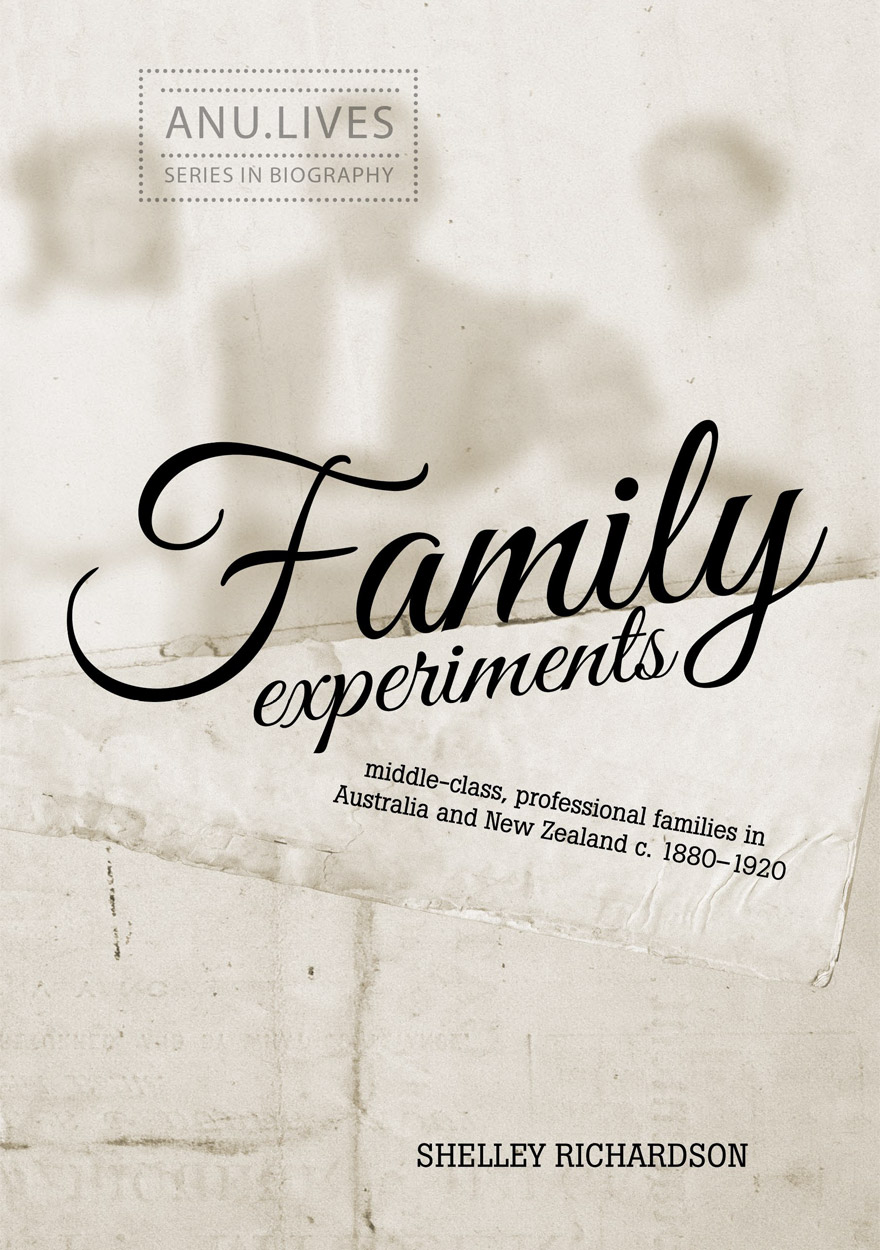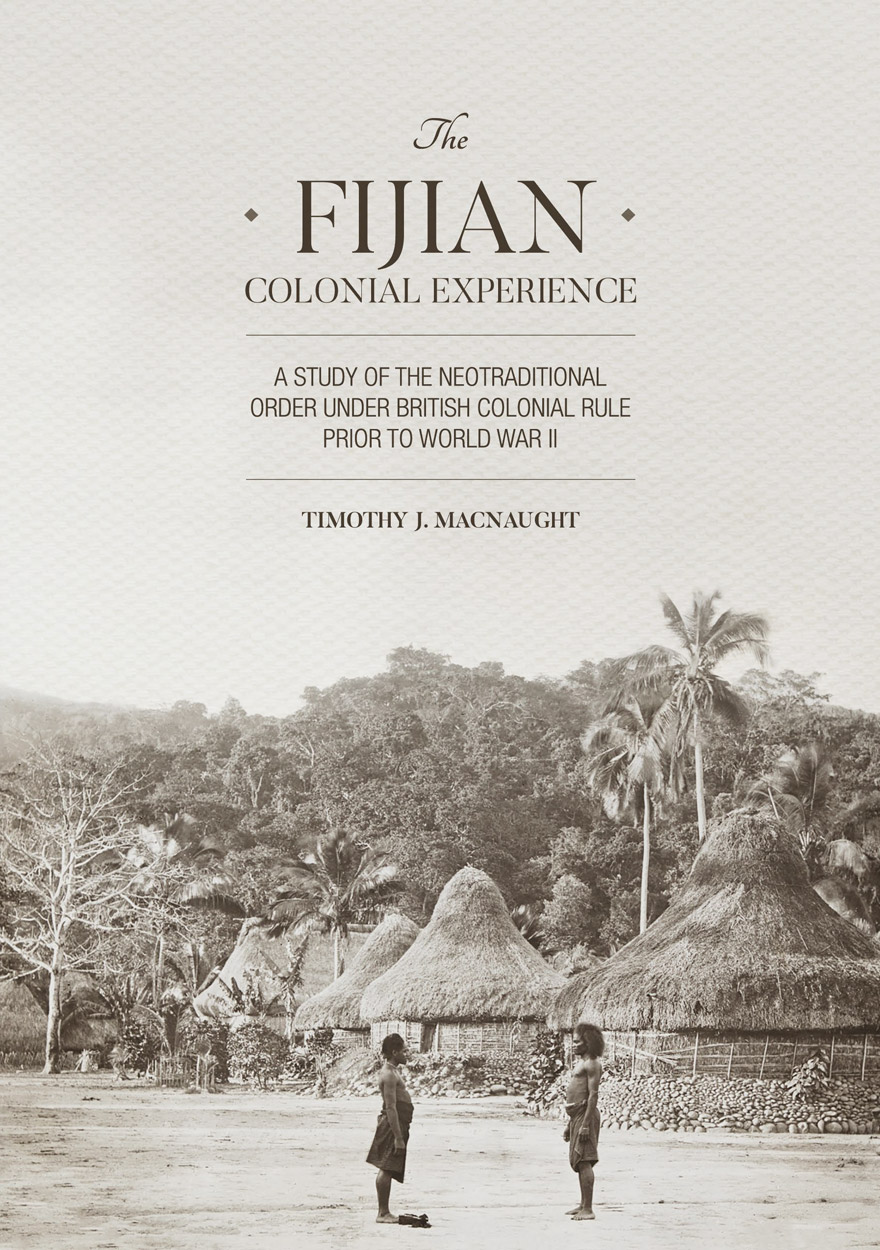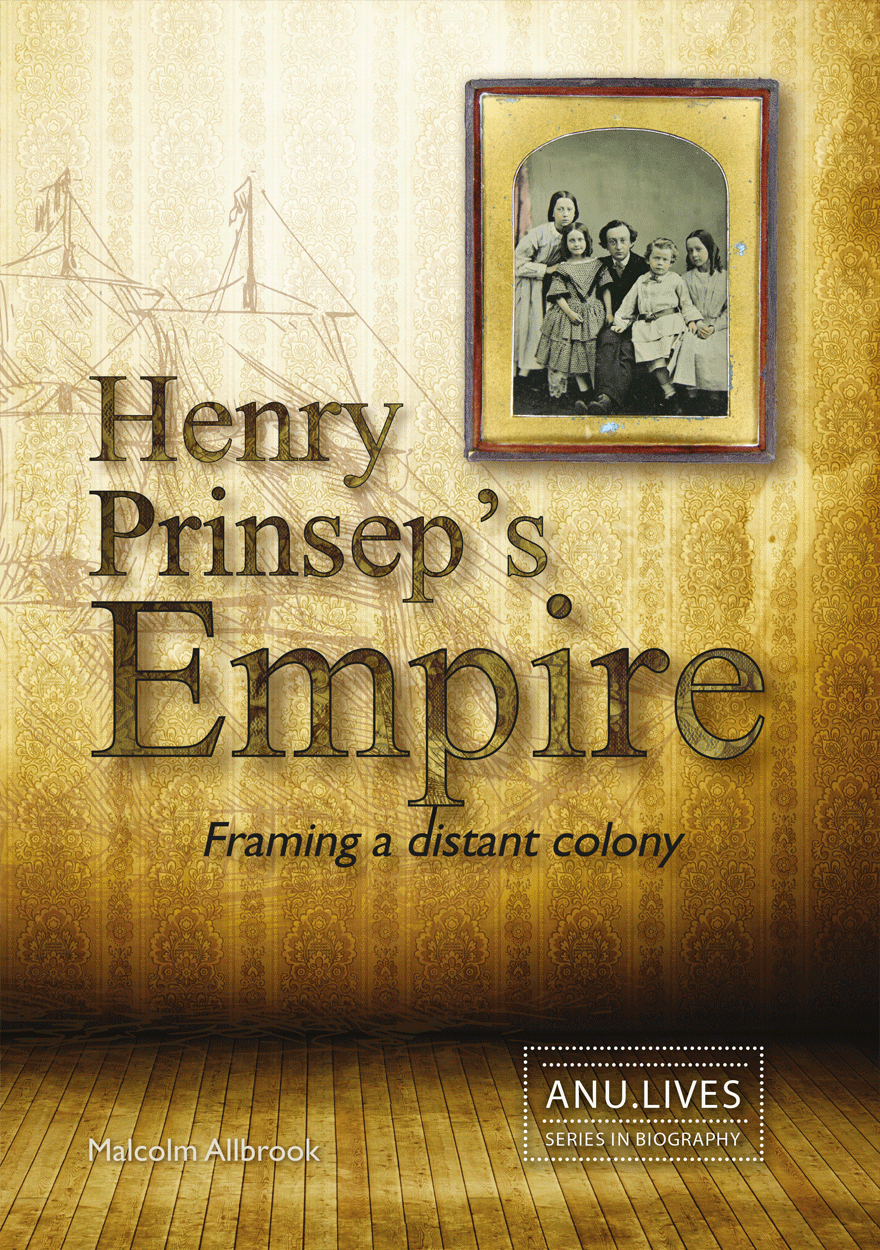Search titles
Displaying results 11 to 20 of 32.

Australian Clinical Legal Education »
Designing and operating a best practice clinical program in an Australian law school
Authored by: Adrian Evans, Anna Cody, Anna Copeland, Jeff Giddings, Peter Joy, Mary Anne Noone, Simon Rice
Publication date: February 2017
Clinical legal education (CLE) is potentially the major disruptor of traditional law schools’ core functions. Good CLE challenges many central clichés of conventional learning in law—everything from case book method to the 50-minute lecture. And it can challenge a contemporary overemphasis on screen-based learning, particularly when those screens only provide information and require no interaction.
Australian Clinical Legal Education comes out of a thorough research program and offers the essential guidebook for anyone seeking to design and redesign accountable legal education; that is, education that does not just transform the learner, but also inculcates in future lawyers a compassion for and service of those whom the law ought to serve.
Established law teachers will come to grips with the power of clinical method. Law students struggling with overly dry conceptual content will experience the connections between skills, the law and real life. Regulators will look again at law curricula and ask law deans ‘when’?

Family Experiments »
Middle-class, professional families in Australia and New Zealand c. 1880–1920
Authored by: Shelley Richardson
Publication date: November 2016
Family Experiments explores the forms and undertakings of ‘family’ that prevailed among British professionals who migrated to Australia and New Zealand in the late nineteenth century. Their attempts to establish and define ‘family’ in Australasian, suburban environments reveal how the Victorian theory of ‘separate spheres’ could take a variety of forms in the new world setting.
The attitudes and assumptions that shaped these family experiments may be placed on a continuum that extends from John Ruskin’s concept of evangelical motherhood to John Stuart Mill’s rational secularism. Central to their thinking was a belief in the power of education to produce civilised and humane individuals who, as useful citizens, would individually and in concert nurture a better society.
Such ideas pushed them to the forefront of colonial liberalism. The pursuit of higher education for their daughters merged with and, in some respects, influenced first-wave colonial feminism. They became the first generation of colonial, middle-class parents to grapple not only with the problem of shaping careers for their sons but also, and more frustratingly, what graduate daughters might do next.

The Fijian Colonial Experience »
A study of the neotraditional order under British colonial rule prior to World War II
Authored by: Timothy J. Macnaught
Publication date: June 2016
Indigenous Fijians were singularly fortunate in having a colonial administration that halted the alienation of communally owned land to foreign settlers and that, almost for a century, administered their affairs in their own language and through culturally congenial authority structures and institutions. From the outset, the Fijian Administration was criticised as paternalistic and stifling of individualism. But for all its problems it sustained, at least until World War II, a vigorously autonomous and peaceful social and political world in quite affluent subsistence — underpinning the celebrated exuberance of the culture exploited by the travel industry ever since.

War, Strategy and History »
Essays in Honour of Professor Robert O’Neill
Edited by: Daniel Marston, Tamara Leahy
Publication date: May 2016
This is a collection of essays in honour of eminent Professor Robert O’Neill. Each chapter was written by prominent academics and practitioners who have had a professional connection with Professor O’Neill during his long and distinguished career. The overarching themes running throughout the book are war, strategy and history. All the essays are shaped by the role that Professor O’Neill has played over the last 50 years in the debates in Australia, Europe and the US. This book covers not only Professor O’Neill’s impressive career, but also the evolution of strategy in practice, and of strategic studies as an internationally recognised academic discipline.

The First Fleet Piano: Volume Two Appendices »
A Musician’s View
Authored by: Geoffrey Lancaster
Publication date: November 2015
During the late eighteenth century, a musical–cultural phenomenon swept the globe. The English square piano—invented in the early 1760s by an entrepreneurial German guitar maker in London—not only became an indispensable part of social life, but also inspired the creation of an expressive and scintillating repertoire. Square pianos reinforced music as life’s counterpoint, and were played by royalty, by musicians of the highest calibre and by aspiring amateurs alike.
On Sunday, 13 May 1787, a square piano departed from Portsmouth on board the Sirius, the flagship of the First Fleet, bound for Botany Bay. Who made the First Fleet piano, and when was it made? Who owned it? Who played it, and who listened? What music did the instrument sound out, and within what contexts was its voice heard? What became of the First Fleet piano after its arrival on antipodean soil, and who played a part in the instrument’s subsequent history? Two extant instruments contend for the title ‘First Fleet piano’; which of these made the epic journey to Botany Bay in 1787–88?
The First Fleet Piano: A Musician’s View answers these questions, and provides tantalising glimpses of social and cultural life both in Georgian England and in the early colony at Sydney Cove. The First Fleet piano is placed within the musical and social contexts for which it was created, and narratives of the individuals whose lives have been touched by the instrument are woven together into an account of the First Fleet piano’s conjunction with the forces of history.
View ‘The First Fleet Piano: Volume One’.

The First Fleet Piano: Volume One »
A Musician’s View
Authored by: Geoffrey Lancaster
Publication date: November 2015
During the late eighteenth century, a musical–cultural phenomenon swept the globe. The English square piano—invented in the early 1760s by an entrepreneurial German guitar maker in London—not only became an indispensable part of social life, but also inspired the creation of an expressive and scintillating repertoire. Square pianos reinforced music as life’s counterpoint, and were played by royalty, by musicians of the highest calibre and by aspiring amateurs alike.
On Sunday, 13 May 1787, a square piano departed from Portsmouth on board the Sirius, the flagship of the First Fleet, bound for Botany Bay. Who made the First Fleet piano, and when was it made? Who owned it? Who played it, and who listened? What music did the instrument sound out, and within what contexts was its voice heard? What became of the First Fleet piano after its arrival on antipodean soil, and who played a part in the instrument’s subsequent history? Two extant instruments contend for the title ‘First Fleet piano’; which of these made the epic journey to Botany Bay in 1787–88?
The First Fleet Piano: A Musician’s View answers these questions, and provides tantalising glimpses of social and cultural life both in Georgian England and in the early colony at Sydney Cove. The First Fleet piano is placed within the musical and social contexts for which it was created, and narratives of the individuals whose lives have been touched by the instrument are woven together into an account of the First Fleet piano’s conjunction with the forces of history.
View ‘The First Fleet Piano: Volume Two Appendices’.

The Naturalist and his 'Beautiful Islands' »
Charles Morris Woodford in the Western Pacific
Authored by: David Russell Lawrence
Publication date: October 2014
‘I know no place where firm and paternal government would sooner produce beneficial results then in the Solomons … Here is an object worthy indeed the devotion of one’s life’.
Charles Morris Woodford devoted his working life to pursuing this dream, becoming the first British Resident Commissioner in 1897 and remaining in office until 1915, establishing the colonial state almost singlehandedly. His career in the Pacific extended beyond the Solomon Islands. He worked briefly for the Western Pacific High Commission in Fiji, was a temporary consul in Samoa, and travelled as a Government Agent on a small labour vessel returning indentured workers to the Gilbert Islands.
As an independent naturalist he made three successful expeditions to the islands, and even climbed Mt Popomanaseu, the highest mountain in Guadalcanal. However, his natural history collection of over 20,000 specimens, held by the British Museum of Natural History, has not been comprehensively examined. The British Solomon Islands Protectorate was established in order to control the Pacific Labour Trade and to counter possible expansion by French and German colonialists. It remaining an impoverished, largely neglected protectorate in the Western Pacific whose economic importance was large-scale copra production, with its copra considered the second-worst in the world.
This book is a study of Woodford, the man, and what drove his desire to establish a colonial protectorate in the Solomon Islands. In doing so, it also addresses ongoing issues: not so much why the independent state broke down, but how imperfectly it was put together in the first place.
David Russell Lawrence is an anthropologist who has managed environmental programs in Melanesia and Southeast Asia for the Great Barrier Reef Marine Park Authority. His most recent book was a re-examination of the place in Melanesian anthropology of the Finnish sociologist Gunnar Landtman who spent two years working with the Kiwai people of the lower Fly estuary. He recently managed a large-scale survey of 300 communities in the Solomon Islands for the Community Sector Program and has assisted with a number of the annual RAMSI People’s Surveys in the islands. This work has given him insight into the colonial heritage of the Solomon Islands and a desire to tell the story of the establishment of the British Solomon Islands Protectorate through the eyes of the first Resident Commissioner, Charles Morris Woodford.

A Political Memoir of the Anglo-French Condominium of the New Hebrides »
Authored by: Keith Woodward
Publication date: October 2014
Keith Woodward has produced an inside account of the intricacies of official politics in the latter stages of the history of the Anglo-French Condominium of the New Hebrides, which will be essential reading for anyone interested in the colonial period of Vanuatu. Woodward spent 25 years in the New Hebrides (1953 to 1978) based in the British Residency and it is his long service which makes his memoir so informative and important. Following a fascinating and insightful description of Port Vila and the New Hebrides when he arrived in the 1950s, Woodward focuses the rest of his memoir on issues relating to the difficulties the British faced in convincing the French that the two powers should come to an agreement on decolonisation of the New Hebrides—that is, to establish a process of constitutional advancement leading ultimately to independence.
— Howard Van Trease, Honorary Research Fellow, Emalus Campus, University of the South Pacific, Port Vila
This is a highly original, evocative and engaging memoir which offers an insightful firsthand account of colonial administration, bilateral French and British relations, political change and decolonisation in Vanuatu. It addresses some lacunae in the historiography of Vanuatu and dispels a number of assumptions about French intentions there. It will be of great benefit to people interested in Vanuatu, and more broadly in political change in the Pacific, constitutional arrangements, decolonisation, French-British relations, and particularly the divergent colonial policies of France and the United Kingdom.
— Gregory Rawlings, Anthropology, University of Otago

Henry Prinsep's Empire »
Framing a distant colony
Authored by: Malcolm Allbrook
Publication date: September 2014
Henry Prinsep is known as Western Australia’s first Chief Protector of Aborigines in the colonial government of Sir John Forrest, a period which saw the introduction of oppressive laws that dominated the lives of Aboriginal people for most of the 20th century.
But he was also an artist, horse-trader, member of a prominent East India Company family, and everyday citizen, whose identity was formed during his colonial upbringing in India and England. As a creator of Imperial culture, he supported the great men and women of history while he painted, wrote about and photographed the scenes around him. In terms of naked power he was a middle man, perhaps even a small man. His empire is an intensely personal place, a vast network of family and friends from every quarter of the British imperial world, engaged in the common tasks of making a home and a career, while framing new identities, new imaginings and new relationships with each other, Indigenous peoples and fellow colonists. This book traces Henry Prinsep’s life from India to Western Australia and shows how these texts and images illuminate not only Prinsep the man, but the affectionate bonds that endured despite the geographic bounds of empire, and the historical, social, geographic and economic origins of Aboriginal and colonial relationships which are important to this day.

Watriama and Co »
Further Pacific Islands Portraits
Authored by: Hugh Laracy
Publication date: October 2013
Watriama and Co (the title echoes Kipling’s Stalky and Co!) is a collection of biographical essays about people associated with the Pacific Islands. It covers a period of almost a century and a half. However, the individual stories of first-hand experience converge to some extent in various ways so as to present a broadly coherent picture of ‘Pacific History’. In this, politics, economics and religion overlap. So, too, do indigenous cultures and concerns; together with the activities and interests of the Europeans who ventured into the Pacific and who had a profound, widespread and enduring impact there from the nineteenth century, and who also prompted reactions from the Island peoples. Not least significant in this process is the fact that the Europeans generated a ‘paper trail’ through which their stories and those of the Islanders (who also contributed to their written record) can be known. Thus, not only are the subjects of the essays to be encountered personally, and within a contextual kinship, but the way in which the past has shaped the future is clearly discernible. Watriama himself features in various historical narratives. So, too, certain of his confrères in this collection, which is the product of several decades of exploring the Pacific past in archives, by sea, and on foot through most of Oceania.



